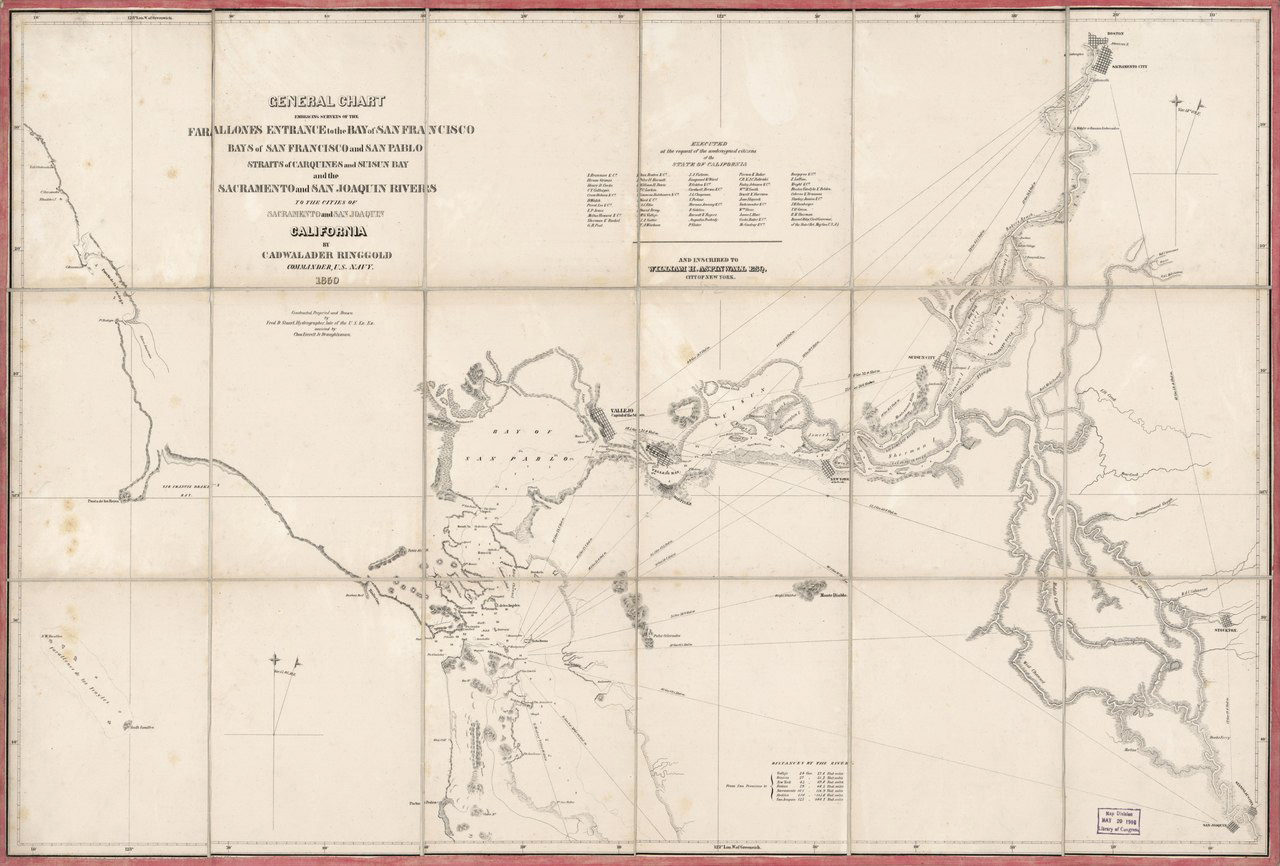The Hayward regional shoreline consists of over a thousand acres of marshes and seasonal wetlands. At low tide sandpipers and black stilts wander about the mud flats searching for food, while cyclists and runners exercise along a 5-mile trail.It’s hard to imagine that more than a hundred years ago, mounds of salt covered these same Hayward marshes like a fresh blanket of snow. The salt attracted harvesters, going way back to the original inhabitants.
-150x150.jpg)


-150x150.jpg)
-150x150.jpg)
-150x150.jpg)
-150x150.jpg)
-150x150.jpg)
-150x150.jpg)
-150x150.jpg)
-150x150.jpg)
-150x150.jpg)